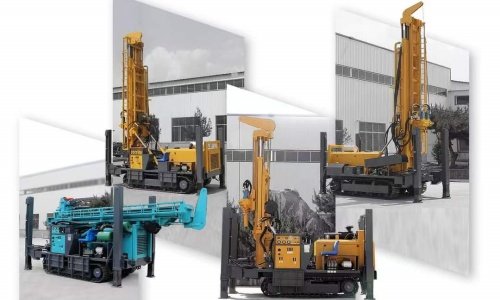Your Position: ![]() Home > News > Industry News
Home > News > Industry News

We know that underground rock formations cannot all be the same. Some are soft, a bit hard. Based on this situation,
we need to make timely changes in the selection of drilling machines and the use of drilling methods. Next, we will
make a detailed division of underground rock formations and corresponding drilling methods.
Salt formation: It is a water-soluble formation that is relatively soft. But drilling machines are prone to sticking mud,
and the holes drilled are also prone to falling mud blocks or even collapsing.
Mud layer and shale: It is a water sensitive formation, and the drill bit is prone to forming mud pockets, resulting in holes
that are generally over diameter.
Flowing sand, gravel, and loose fractured formations: It is a loose porous formation that is prone to water and sand leakage.
High pressure oil and gas well formation: The underground reserves of oil, natural gas, etc. are prone to blowouts, causing
serious consequences.
High temperature formations: formations encountered in geothermal wells and ultra deep wells, where mud treatment agents
fail and the formation is unstable.
Due to the complex geological conditions, we must investigate thoroughly during drilling. The above is just a list of some
single strata, some of which are complex. In one stratum, the above situations may be encountered.
![]() +86 13140012636
+86 13140012636